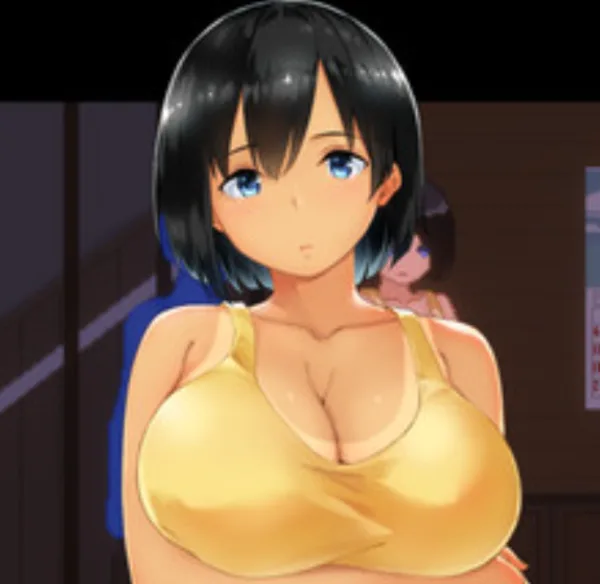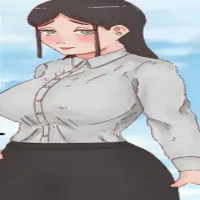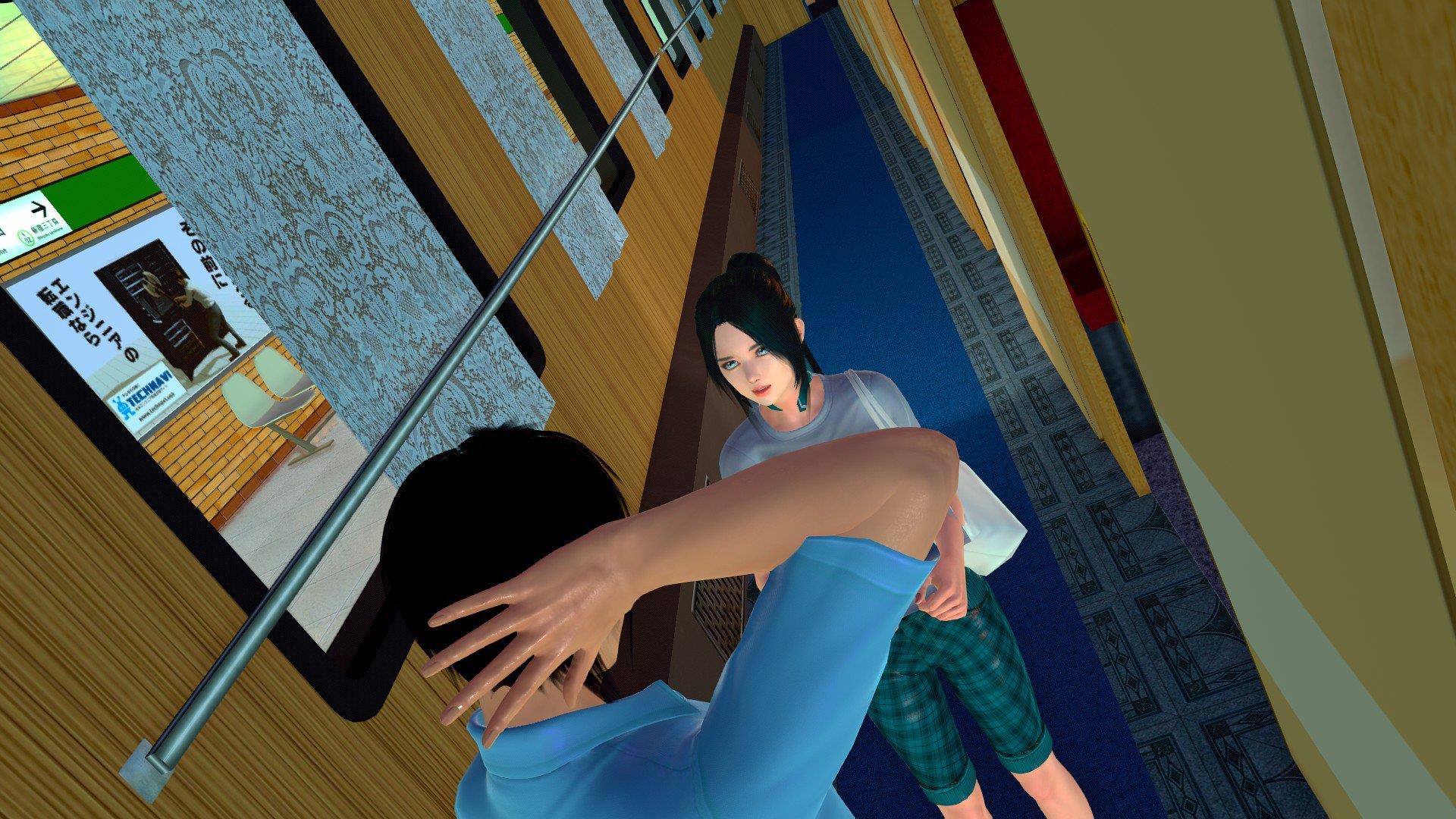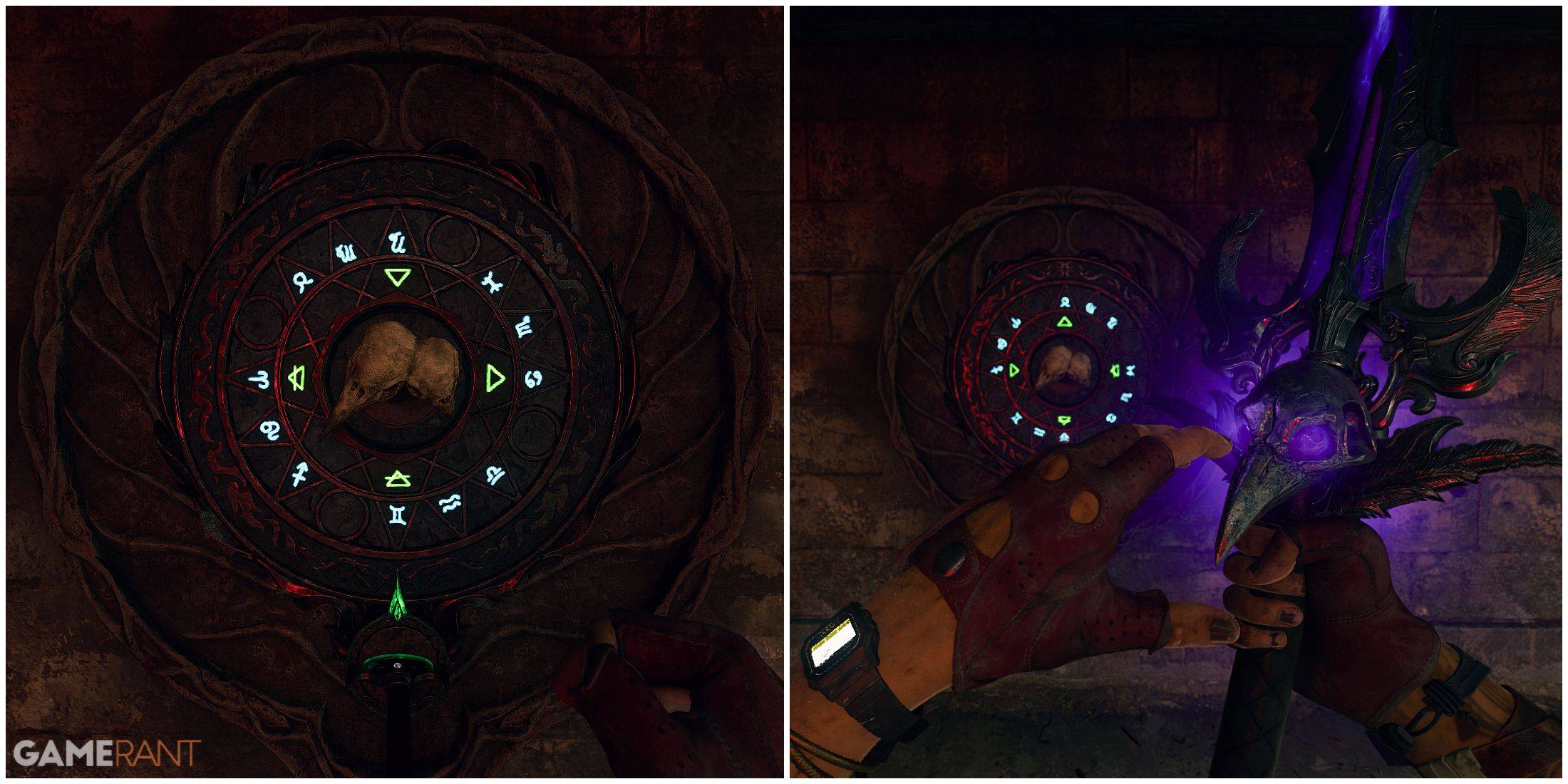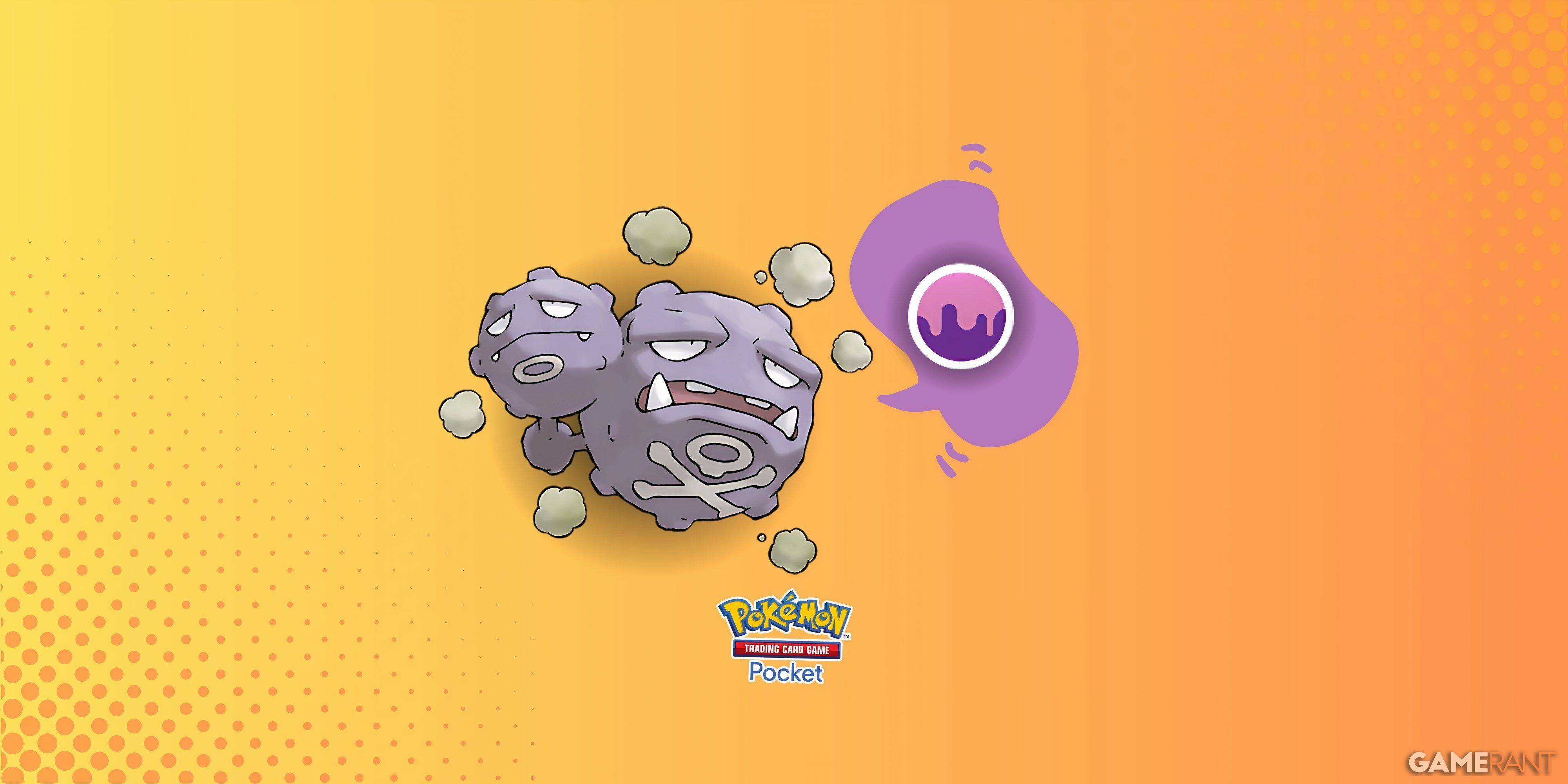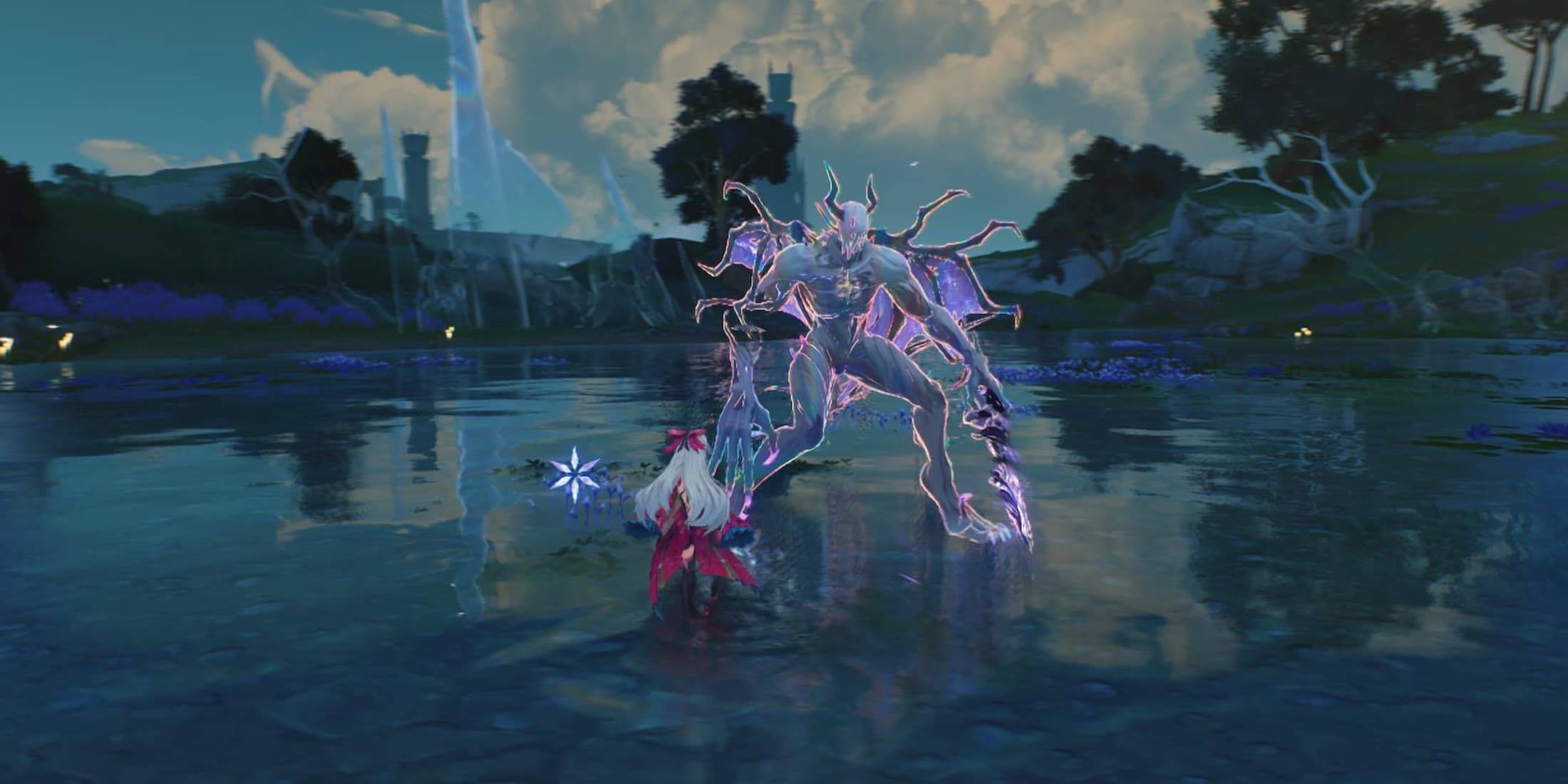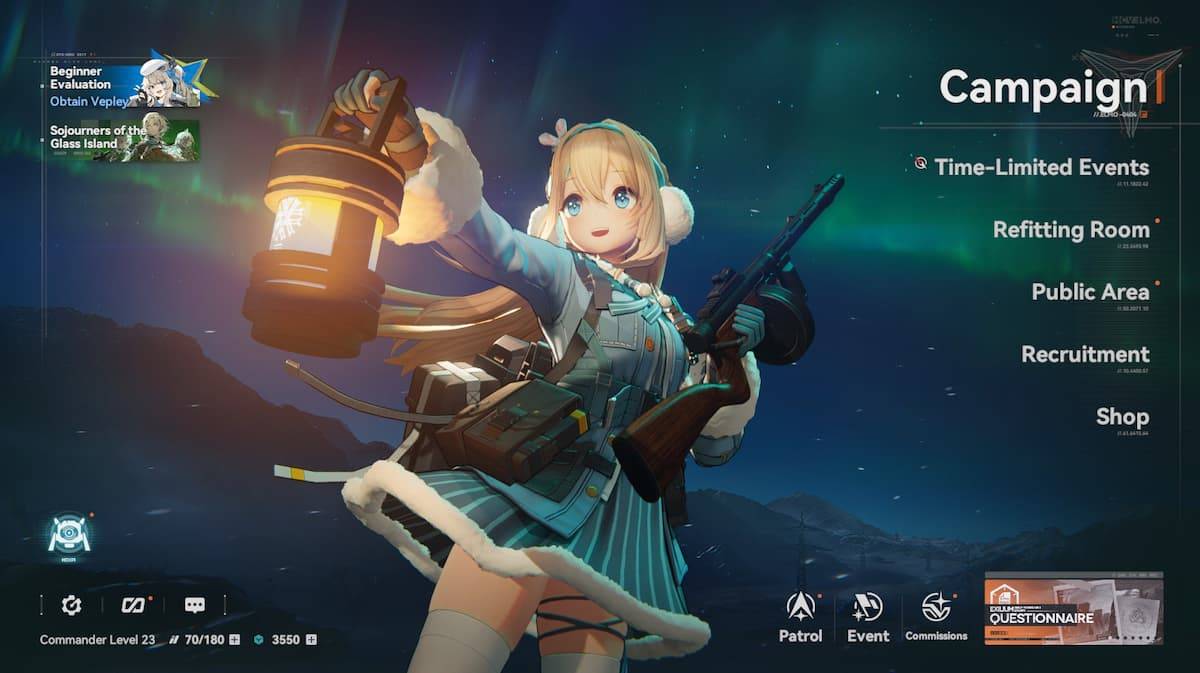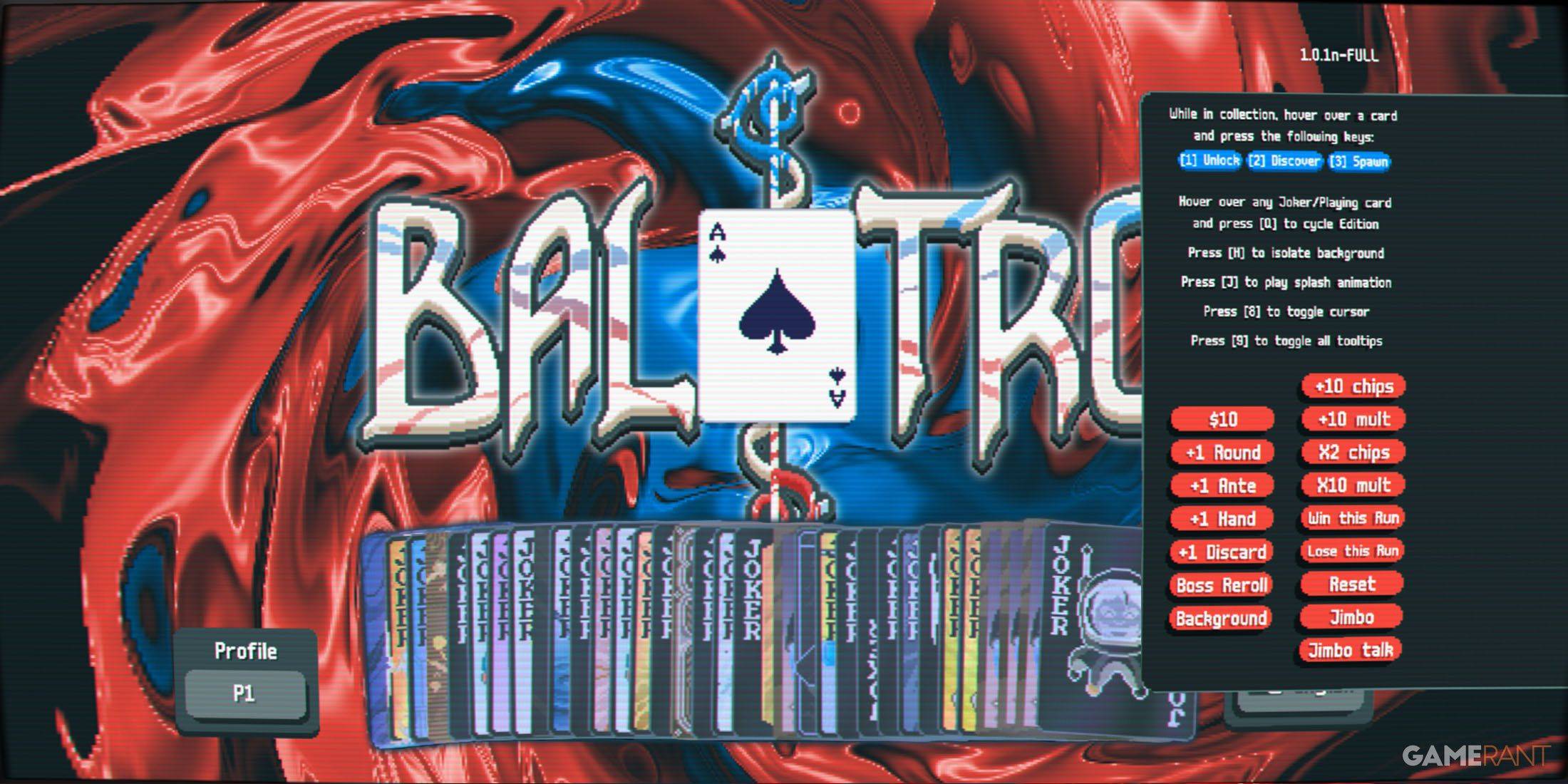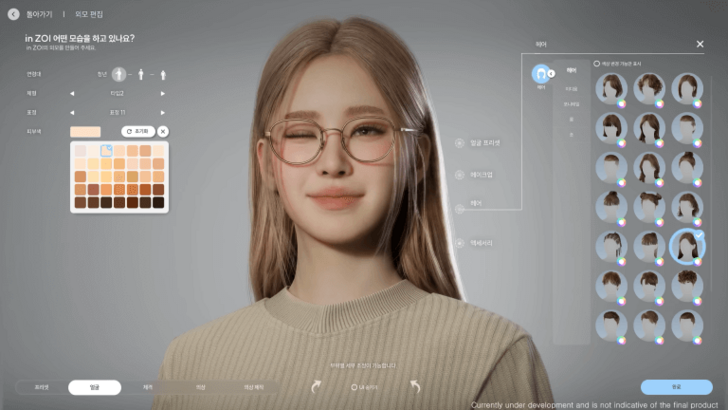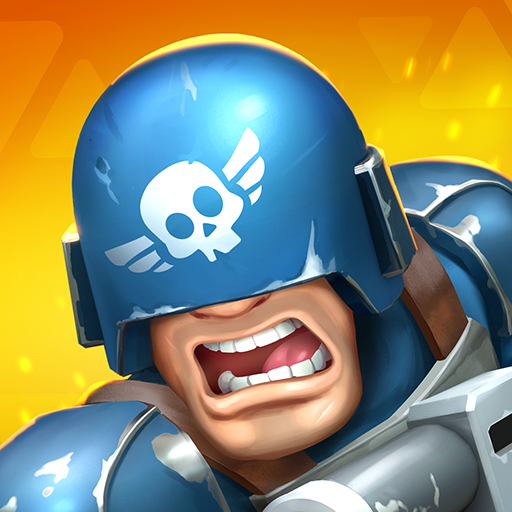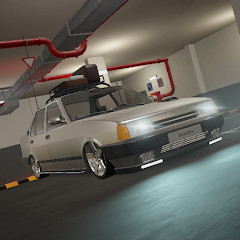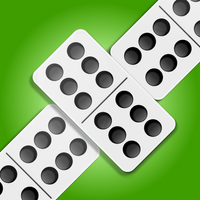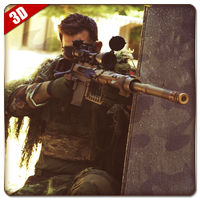The Outer Worlds 2: Unleash Your RPG Character Creativity – IGN First
Having finally seen *The Outer Worlds 2* in action, it's evident that developer Obsidian Entertainment has prioritized deeper RPG elements. While the first game offered more streamlined systems and progression, the sequel aims to break away from homogeneity, encouraging players to explore unconventional gameplay styles. This isn't just about complexity; *The Outer Worlds 2* is designed to inspire creativity, specialization, and the embrace of unique choices.
In a conversation about the revamped RPG mechanics, design director Matt Singh explained, "We're looking for ways to incentivize the player to experiment with different builds, either traditional or non-traditional." He highlighted the focus on synergies between player Skills, Traits, and Perks, which are intended to create intriguing builds that interact with other game systems. This approach was evident in our exclusive 11-minute gameplay showcase, which featured new gunplay, stealth, gadgets, and dialogue. As part of our IGN First coverage, we delve into the details of these reworked systems and what players can expect.
Rethinking the Skill System ---------------------------Lead systems designer Kyle Koenig reflected on the first game's tendency to produce characters proficient in everything, which diluted the personal experience. To address this, Obsidian has shifted from the original's grouped Skill categories to individual Skills with more significant differences. "We wanted to focus on making each individual level-up and investment really important," Koenig said. "There's less confusion on when I should invest in one Skill or the other. If I want to be a player that's all about guns and using medical devices, I know which Skills I really need to care about." This separation allows for more specialized characters.
Singh added, "There's more than just a traditional stealth-focused build, combat-focused build, or speech-focused build. There's a lot of blending of concepts, playing with other systems and incorporating those into a pretty broad, but unique range of different player profiles." He noted that certain Skill investments, like Observation, can unlock environmental interactions and alternate paths, enhancing gameplay variety.
The Outer Worlds 2 Character Creation - Screenshots
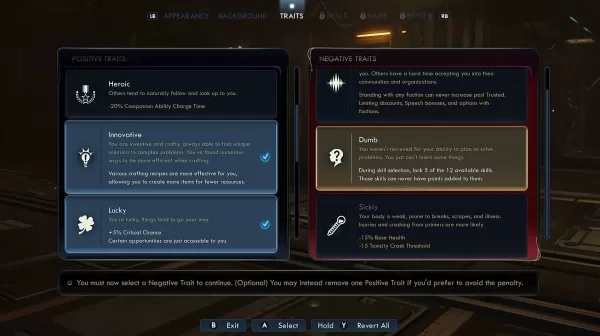
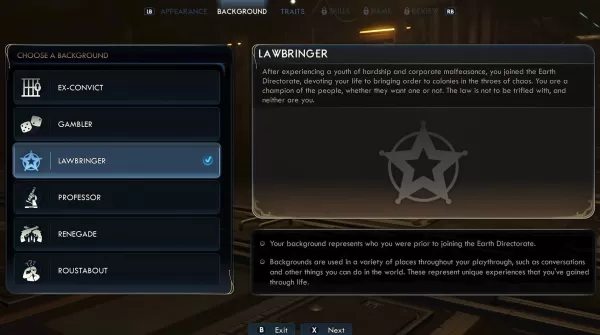 4 Images
4 Images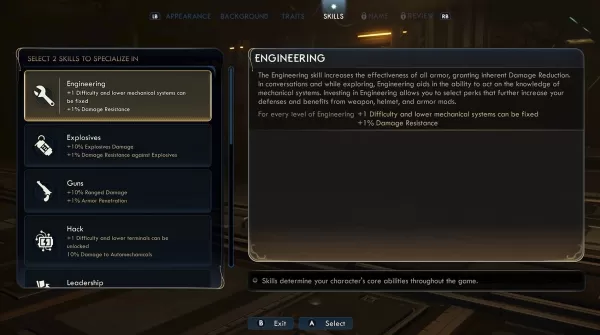
 While this approach might seem standard for RPGs, The Outer Worlds 2 stands out by using the revised Skill system to create greater distinctions and open more possibilities in character builds, particularly in relation to the revamped Perks system.
While this approach might seem standard for RPGs, The Outer Worlds 2 stands out by using the revised Skill system to create greater distinctions and open more possibilities in character builds, particularly in relation to the revamped Perks system.
The Perks of Getting Experimental
Obsidian is emphasizing specificity and unique playstyles. "We've significantly increased the number of Perks with over 90 of them – each of those requiring various Skills to unlock," Koenig explained. As players invest in Skills, they unlock new Perk paths. For example, the Run and Gun Perk benefits players using shotguns, SMGs, and rifles, allowing firing while sprinting or sliding, and integrating well with Tactical Time Dilation (TTD) for bullet-time action. Another Perk, Space Ranger, enhances dialogue interactions and provides damage boosts based on the Speech stat. "The way we looked at them when designing them was to look at what are all the different modes of gameplay the player has, and what are all the actions they can take and how can we modify them," Koenig stated.
Singh mentioned Perks tailored for non-traditional playstyles, such as Psychopath and Serial Killer, which reward players who eliminate NPCs with permanent health boosts. "Especially in an Obsidian game where we allow you to kill anybody – the game's going to respond, it's going to roll with it, and you're going to still be able to complete the game. It's actually a really fun way to play in a second or third playthrough just to see how far you can take it."
For traditional playstyles, Koenig highlighted builds that leverage elemental combat, such as using plasma to burn enemies while healing, shock damage to control automechs, or corrosive damage to strip armor and increase critical hit damage.
Singh emphasized opportunities for experimentation, including mechanics that reward players for taking damage to enhance other aspects of their build. "How do I construct a build where I'm actually incentivized to get in there and take damage so that I can then do other things effectively? I really like those kinds of creative builds that allow you to play with that idea and convert something that might be negative into a positive aspect of your build." This philosophy, though present in the original, now drives *The Outer Worlds 2*, especially concerning Traits and Flaws.The Positive and Negative Traits
Koenig noted that The Outer Worlds drew inspiration from Fallout with its negative attributes system, allowing players to accept detrimental effects for extra points. In the original, this was implemented through the Flaws system, offering permanent effects in exchange for Perk points. In The Outer Worlds 2, this concept expands significantly.
The system now includes Positive Traits and Negative Traits, requiring players to balance their choices. For instance, selecting Brilliant grants extra Skill points during character creation, while Brawny allows knocking targets down by sprinting into them. Conversely, opting for negatives like Dumb locks out five Skills, and Sickly permanently reduces base health and toxicity tolerance. These are just some of the early options observed.
The Outer Worlds 2 Gameplay - Screenshots
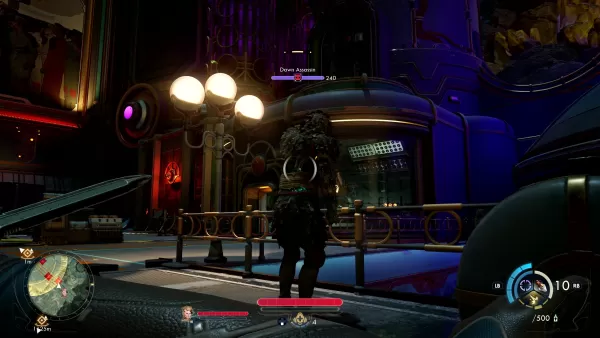
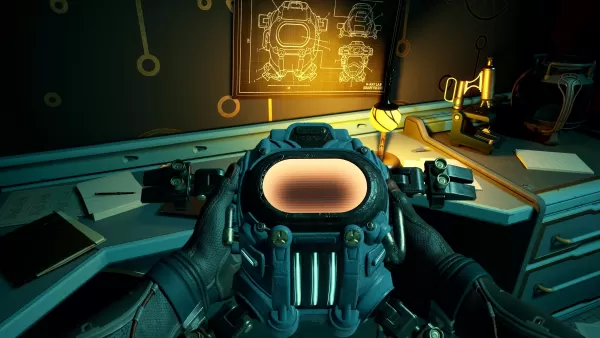 25 Images
25 Images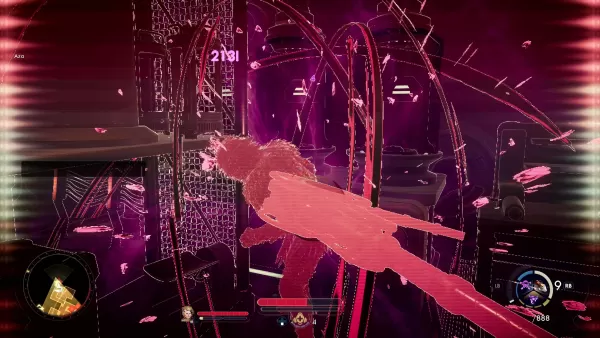
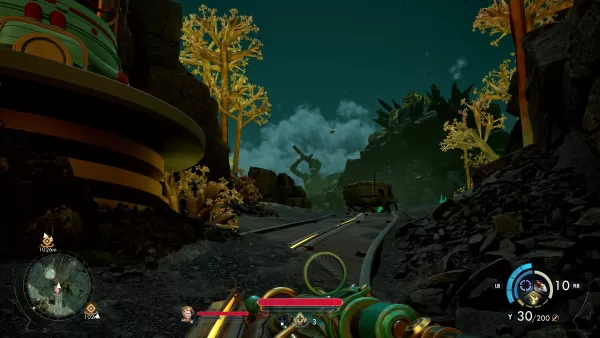
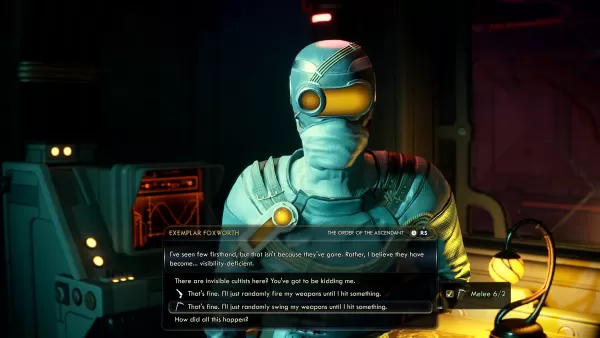
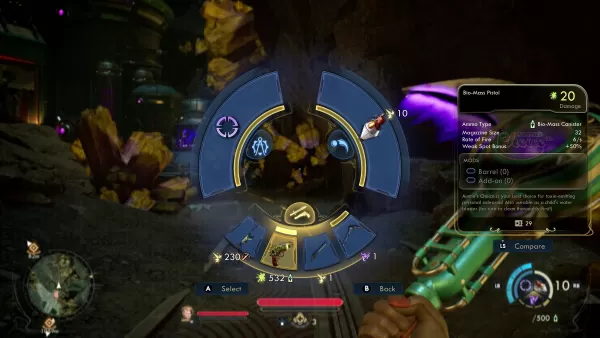 While a detailed exploration of the revamped Flaws system is forthcoming, it's clear that The Outer Worlds 2 takes a more creative and nuanced approach. In the original, Flaws were often declined due to their limited benefit. Now, the game monitors player behavior to offer Flaws with both positive and negative conditions, adding depth and unpredictability to character development.
While a detailed exploration of the revamped Flaws system is forthcoming, it's clear that The Outer Worlds 2 takes a more creative and nuanced approach. In the original, Flaws were often declined due to their limited benefit. Now, the game monitors player behavior to offer Flaws with both positive and negative conditions, adding depth and unpredictability to character development.
Guiding Players and Ditching Respec
With the increased complexity in The Outer Worlds 2, Obsidian aims to ensure these elements are accessible and understandable through in-game explanations and UI enhancements. "Right from the get-go, from character creation, we really wanted to put in the forefront what are the differences of these skills and what they do," Koenig said. The game includes short videos within the menus to illustrate gameplay impacts, and players can mark Perks as favorites to plan their progression path. The clear display of requirements and icons helps signify a Perk's playstyle and associated Skill.
Obsidian encourages careful consideration of choices, particularly since there is no respec option after the introductory sequence. "By removing respec, we really incentivize it to be your experience. It is a part of your experience that no one else had, and I think that's really special about RPGs and something that respec tends to lessen," Koenig explained. Singh added, "Philosophy-wise, we really feel all of your choices should matter. They should be meaningful changes to your gameplay experience. And this is just one of those ways where we're asking you to make a choice, stick to it, and see how that plays out in interesting and fun ways."
Latest Articles


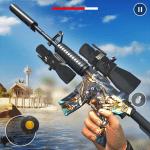
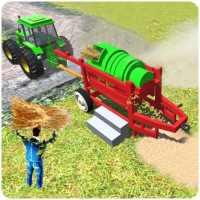
![Taffy Tales [v1.07.3a]](https://imgs.anofc.com/uploads/32/1719554710667e529623764.jpg)
